Director Christian Vincent offers a delightful film
which is as light and fluffy; insubstantial and impressive, as a perfectly executed
soufflé. Hortense Labourie (Catherine Frot) is content to be a chef in Périgord
with a farm, a menagerie and an elderly uncle to look after, until she is
summoned to Paris as the private chef to the President of France (Jean D’Ormesson). The
ministers are so arrogant it would serve them right if she simply refused, but
then we would have no film, so she accepts and enters this beautiful, formal
world, and the gourmet extravaganza begins.
She is given a tour of the Palais de l'Élysée, including the spotless kitchens with all the
latest equipment. She moves among gleaming copper pans, printed menus and
steamed tablecloths, and is given masses of directions and tips on protocol,
but no mention of food. The men in the staff kitchen are no help to her as they
resent her position in the private kitchen – they are macho and rude and call
her Du Barry (after the mistress of Louis XV) – so if she wants to learn what
the president likes, she has to deduce it by trial and error. She studies what
is left over on his plate to try and understand his preferences.

Initially Hortense cooks
decadent meals such as Savoy
cabbage, Scottish salmon, Loire carrots – “I like things to come from
somewhere” – but when she is finally awarded an audience with the president he
says he likes classic, rustic food and begs her to “cook like my grandmother
did; give me the best of France.” He asks for simple and authentic dishes without
decorations – “I want to taste things” – and she gives him clams, cream of
asparagus soup, fruit and pistachio tart, and Beef Wellington (which is called boeuf
en croûte in
France).
She has a sous-chef, Nicolas Bauvois (Arthur Dupont)
with whom she develops a cute relationship – she insists that he call her by
her name, rather than ‘chef’. Catherine Frot’s Hortense is a beautiful
middle-aged woman with a ready smile and a twinkling sense of humour, rather
than a Hollywood bimbette who would get the role if this were an American film.
Although the chemistry in the kitchen is charming and appealing, it is refreshingly
free from sexuality. Nicolas shares her love for food and its creation and
gives her a sounding board to express her culinary methods and opinions – “I
talk through a recipe – I can’t help it.”
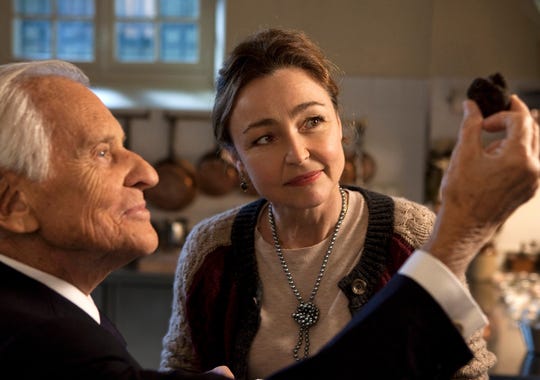
The narrative is based on the true story of Daniele
Mazet-Delpeuch who became the first female chef to a French president, Francoise
Mitterand. In this film it is suggested that the president can talk for hours
about food, and maybe it would have been better for him to do so instead of
heading into politics. He and Hortense discuss old recipe books and the passion
that went into writing them; they bemoan that no one writes like that anymore.
Hortense believes that food should reveal individual character and is disappointed
by a dish that is well-made but lacking in personality: “anyone could have made
it.”
Insistent that she can source better food than that
used in the main kitchens, she sets out to buy her own provisions and we are
treated to scenes of specialist produce shops selling exclusively cheese, poultry
or fish. She and Nicolas experiment and have fun in the kitchen with food and
menus, exploring recipes and combinations. Hortense teases him that a pastry
chef must measure precise quantities while cooks use instinctive dashes. We may
not be able to taste it but the colours, textures and detail of the dishes are gloriously
filmed supplying a generous portion of gastro-porn.

Her downfall comes partly at the hands of the main
kitchen chef who is upset when he thinks she has muscled in on his territory.
She is in charge of appetizers, mains and cheese; he takes care of dessert, and
he questions the categorization of cream cheese which he insists she removes from
the dishes served at a family dinner. For a country whose revolution is
proverbially based on the distinction between bread and pastry – “Let them eat
cake” – this seems apt. When she is called to account for the fact that her
meals are three times as expensive as those from the main kitchen she counters,
“I work with people who share a passion for excellence – it comes at a cost”
and she has justification in her claim, “A cook is not an accountant; a cook is
an artist”.
As well as the financial aspects and personal
rivalries, Hortense must face the fact that as he ages, the President is
forbidden rich food by his health advisors. There will be no more cheese,
sauces, or rich or fat foods, and she sulks to Nicolas, “I hope you like
working with fruit”. She must now run everything past his guards, which image
is turned on its head when she has them running across the courtyard to ensure
that dishes are delivered at the correct temperature. Her argument when she is
told that she can still cook anything for President’s guests, but just not for
the President himself, is that she wasn’t brought in to cook for ambassadors.
Ultimately she cannot overlook her passion for the food for the sake of her
position.

The film is framed by her experience on a French
Antarctic base as a cook for the scientists and surveyors there. She runs by
the beach and over the bleak countryside in an environment that couldn’t be
further from the opulence of Parisian palaces. On her last day she tells the
team that she has bought a truffle farm in New Zealand, combining her loves of
the miracle and perfection of truffles with the beauty of virgin territory. Whether
in decadent chateaux or primitive extremities, food is more than just physical sustenance.
True fans of gastronomy will find much in this film to nourish the soul.







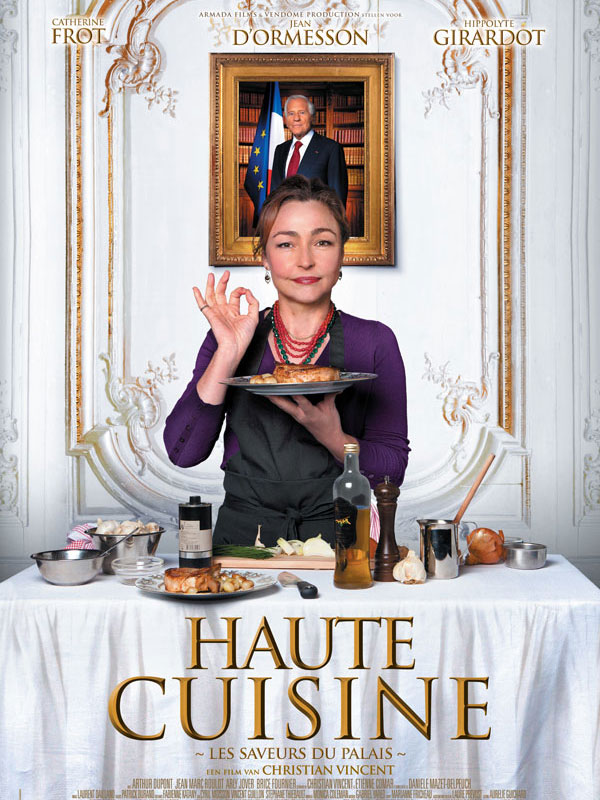









.jpg)
.jpg)
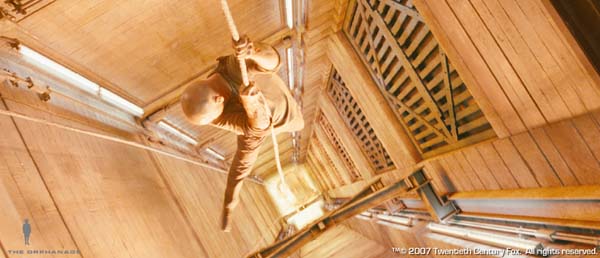













.jpg)


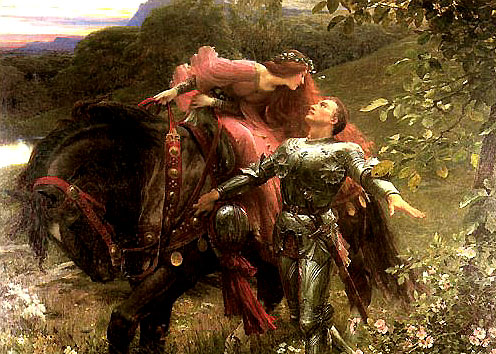





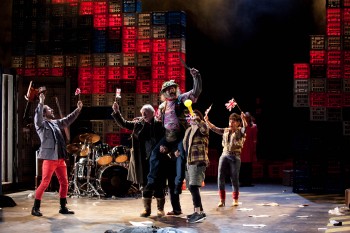
.jpg)